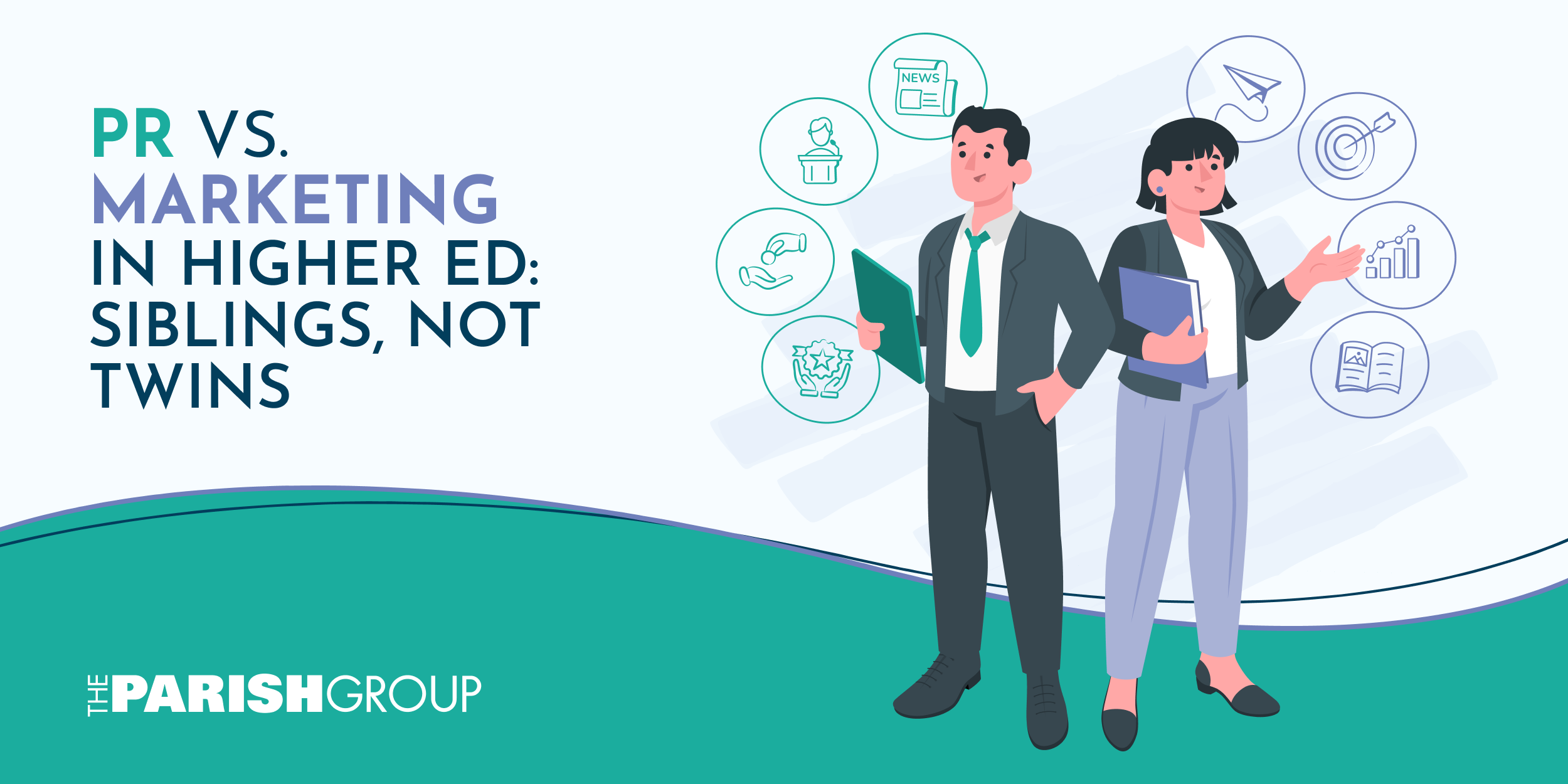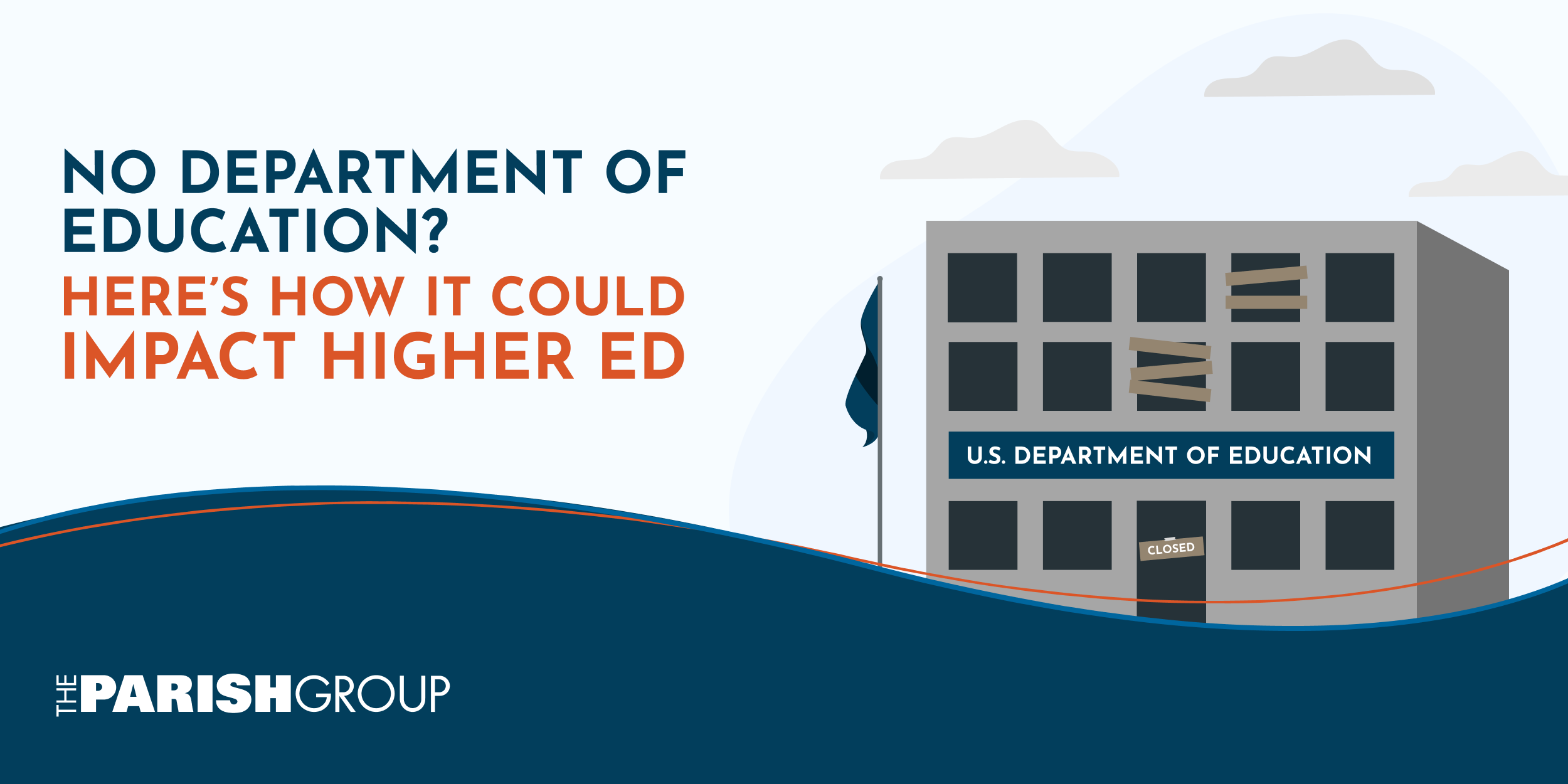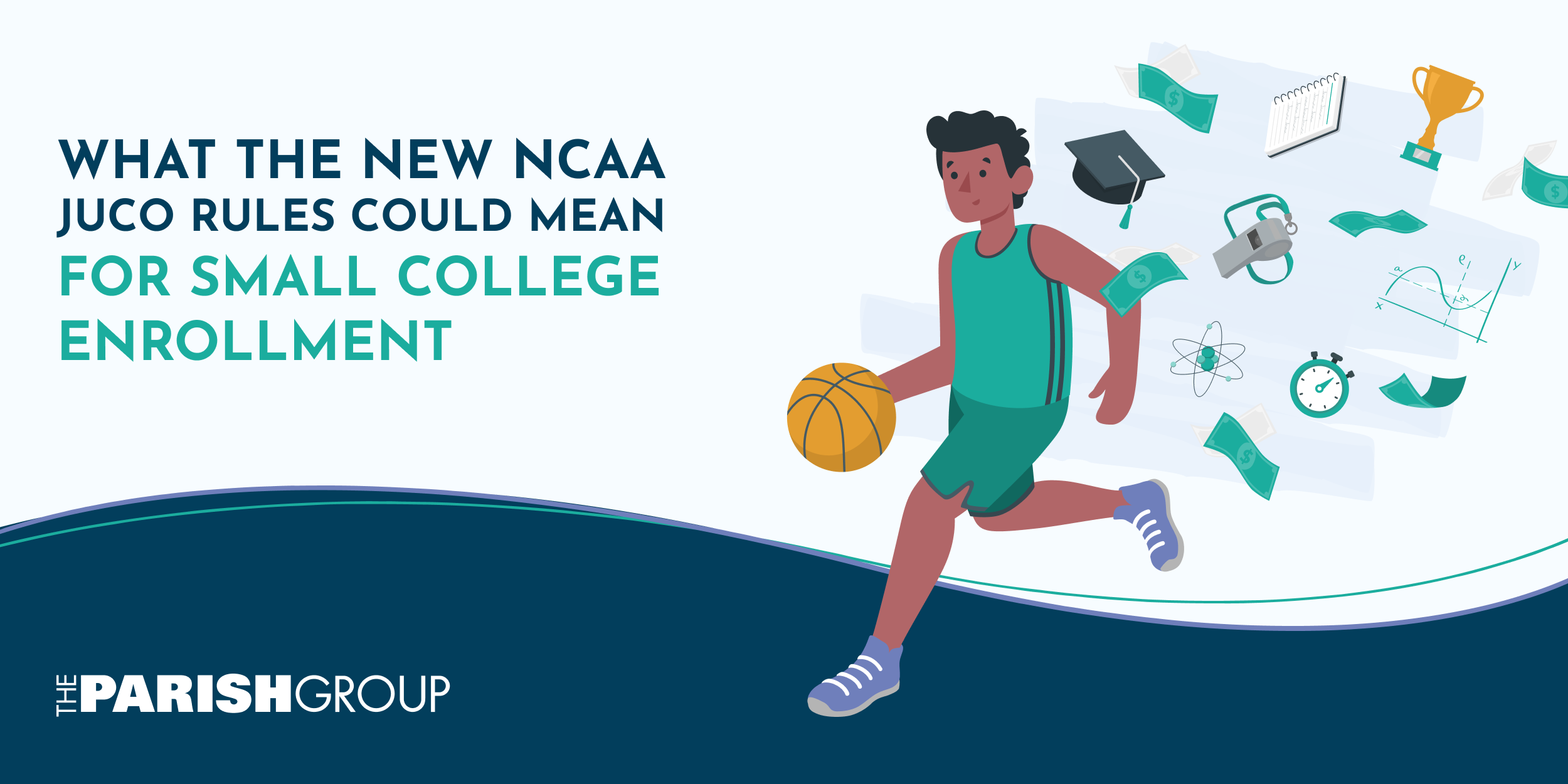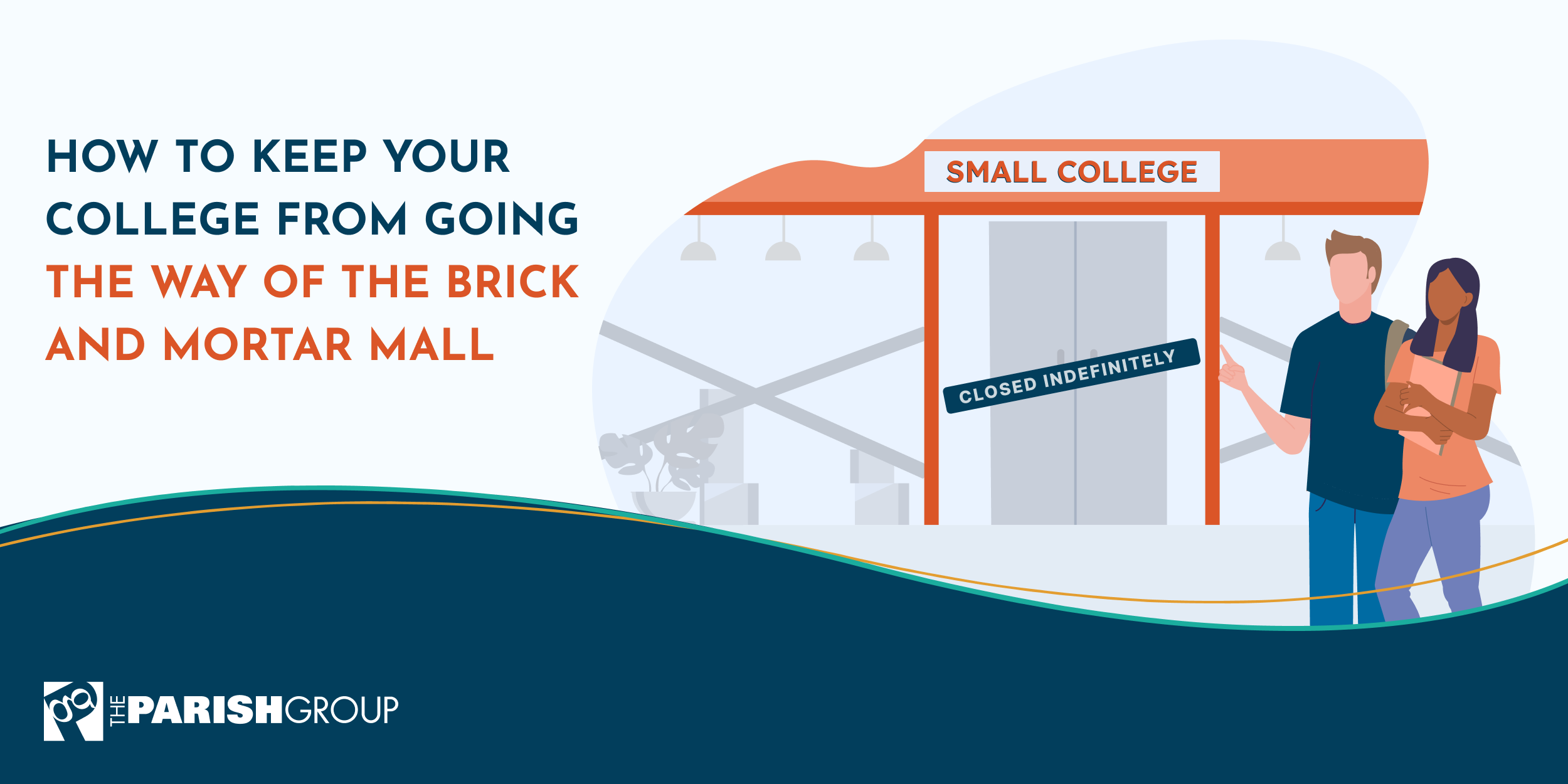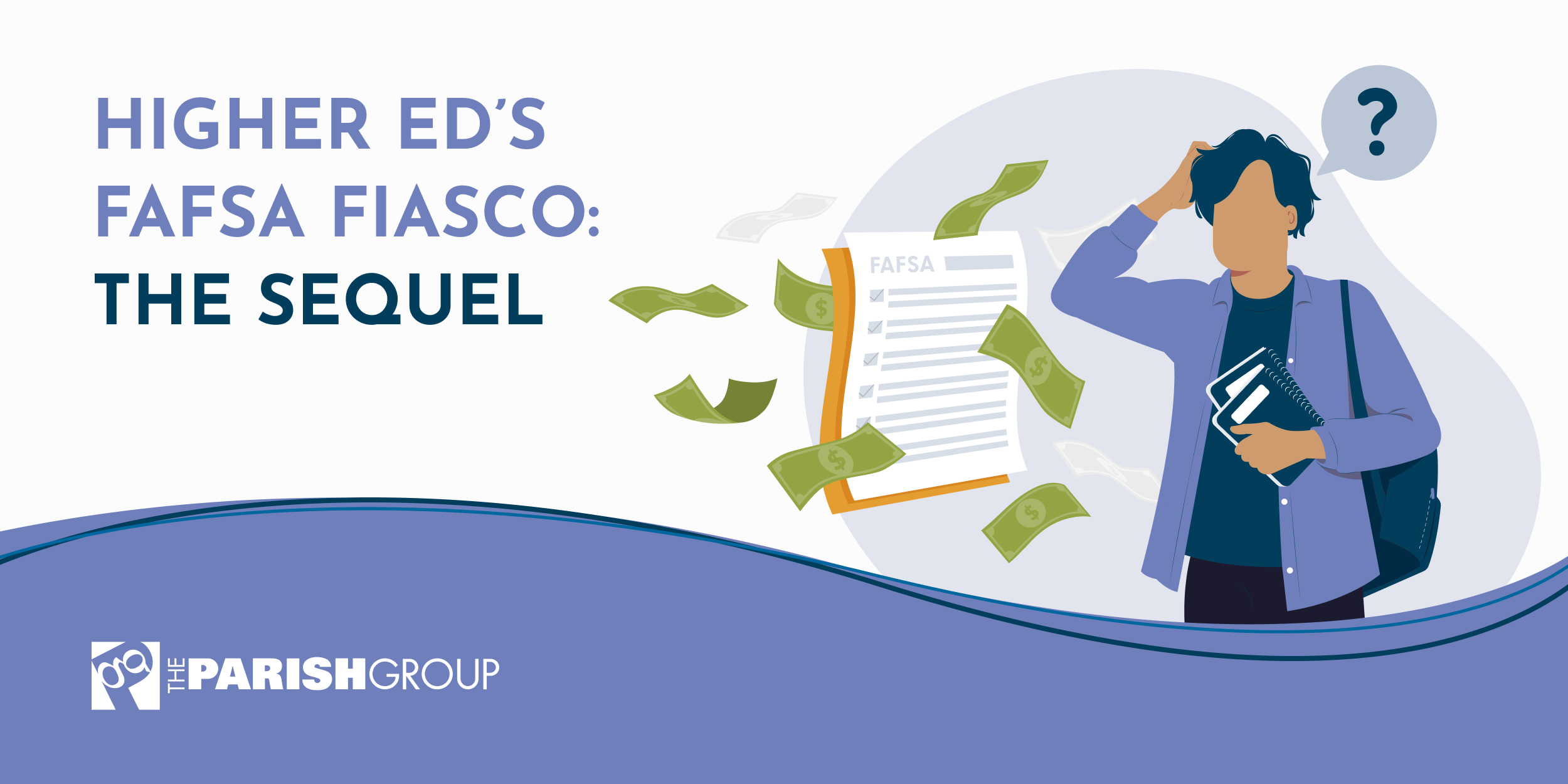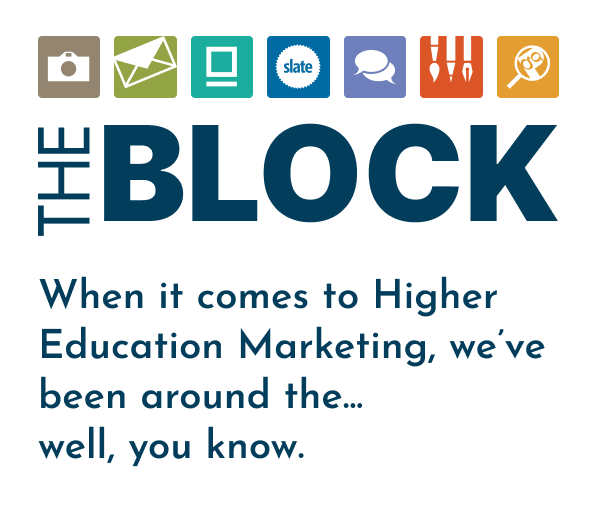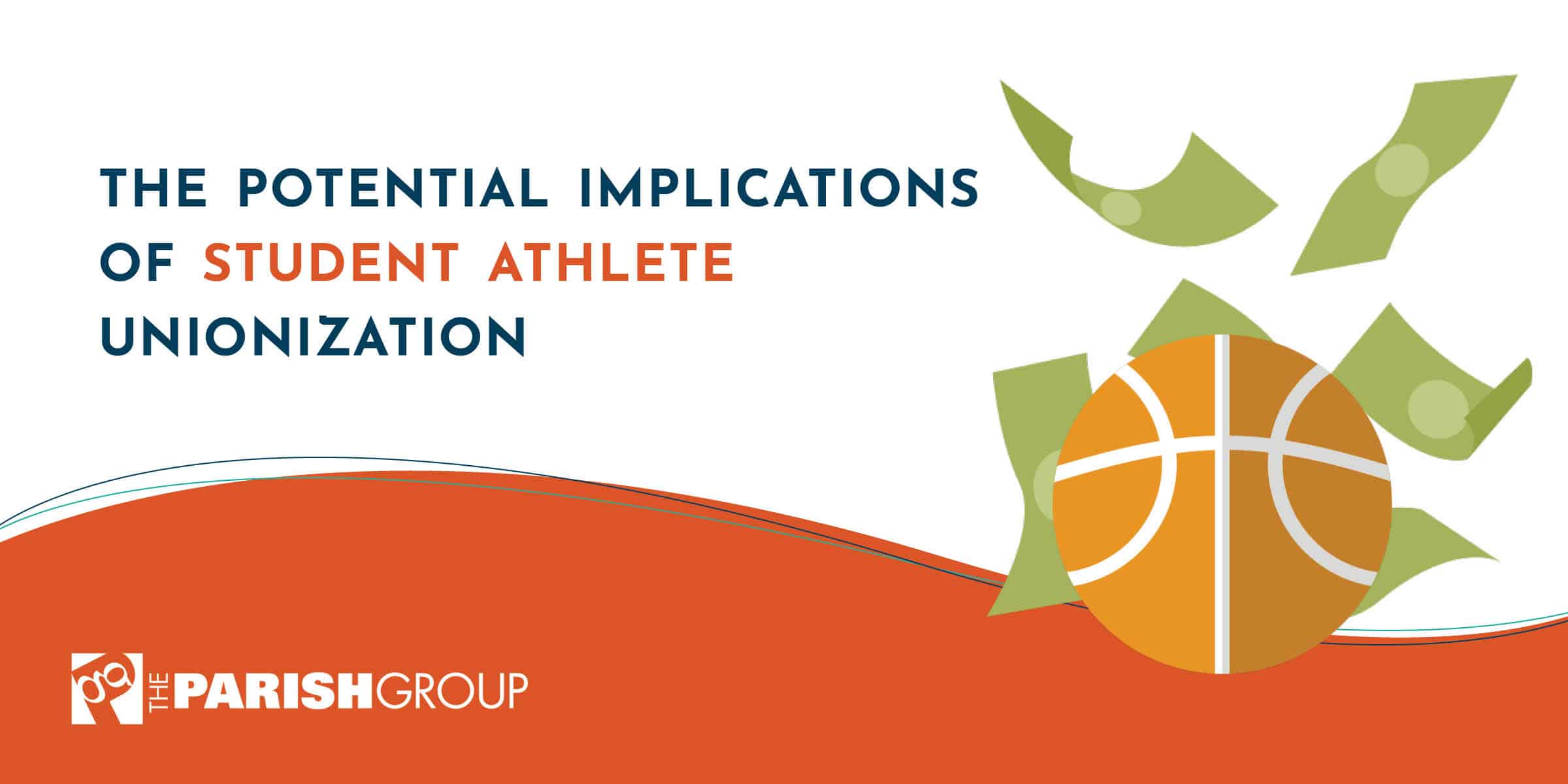
March Madness is coming to a close, and basketball’s become a hot topic in the world of higher ed for more reasons than one.
While students were shooting hoops, some were making plans for unionization. Specifically, Dartmouth College’s basketball team.
Back in February, the National Labor Relations Board (NLRB) ruled that Dartmouth’s men’s basketball team could vote to unionize. In early March, the team did just that with a 13-2 vote in favor of unionization.
This stems from a long-debated question: are student athletes deserving of income or revenue share?
In 2014, this question was put to the test. The NLRB rejected a unionization attempt from Northwestern’s football team. This rejection matches the over half of Americans against the unionization of student athletes.
But these student athletes put in long hours at practice, travel constantly for away games, and are under spotlight and scrutiny during their season. Their coaches receive big payouts—many are some of the most highly paid at their institution. Some student athletes began feeling the inequity between the hours of work put in versus what’s received from it.
So what happens if more college athletes like Dartmouth’s decide to form a union?
The Problem of Funding
If you’ve kept up with higher ed news as of late, you’re probably very familiar with the enrollment cliff. Many schools are pinched at the wallet thanks to lower First Year enrollment rates. A host of schools have closed or merged as a result.
In terms of federal support, late March saw congress vote to approve the 2024 fiscal budget, including $79.1 billion for the Department of Education. While this may seem like big potatoes, this budget actually decreased funding by $500 million compared to last year’s budget.
And while establishing a minimum wage or set paid amount doesn’t seem too impactful on a small scale, multiply that by the number of student athletes at an institution. Colleges or universities could easily be spending hundreds of thousands (if not millions) of dollars on paying these players.
This could cause further inequity within the school’s ecosystem. Programs like arts and theater already endure low funding; with athletic unionization, further defunding of these types of programs is imminent.
This funding problem seeps beyond student programs. Despite increases, staff and faculty wages aren’t beating inflation. By allocating funds away from full-time employees, this will increase already high turnover rates.
Alternatively, schools without the proper funds to “pay” their student athletes could choose to forgo their athletic programs altogether, especially if they are not big athletic schools to begin with.
Many small schools rely on student athletes as a large percentage of their enrollment. Having no or reduced athletic programs could worsen already low enrollment rates. Further, this could lead to the closing of smaller, less income-generating athletic programs. It could also result in lower diversity rates at PWIs and reduced alumni donation, which in turn means smaller endowments.
Scholarships & Brand Deals
Dartmouth College’s men’s basketball players don’t receive any athletic scholarships. This is due to Ivy Leagues (and DIII schools) not offering athletic scholarships in order to maintain a student’s ability to excel in academics and athletics equally.
Most DI, DII, and NAIA schools do offer athletic scholarships. While only 1.3% of athletes receive a full or partial athletic scholarship, the average NCAA scholarship across all sports is around $18k.
Athletic scholarships are expanding beyond traditional sports as well to sports like cornhole and eSports.
While this isn’t cash directly in their pockets, it does save these players thousands of dollars traditional students are otherwise on the hook for. Additionally, some players receive special assistance in the form of tutors and other academic support to help them keep up their grades so they can maintain academic eligibility for their teams.
Plus, student athletes already own their personal brand, and can profit off of NIL and brand sponsorships if they’re big enough names. Women’s basketball superstar Caitlin Clark racked up 11 NIL deals with huge brands like Nike, Gatorade, and even State Farm, estimated to be worth $3.1 million.
Similar to professional athletes, to make the big bucks, you’ve got to be a big talent.
Worthy Cause, Bad Timing
While student athletes do put in a lot of hours into their sports—many which generate good chunks of revenue for their schools—the unionization of these student athletes would only further the troubles higher ed faces in today’s climate.
Perhaps in an ideal world where higher education enrollment is soaring, confidence in higher ed is at an all-time high, and funding is pouring in, this option would be viable. But for now, timing is working against these student athletes.

